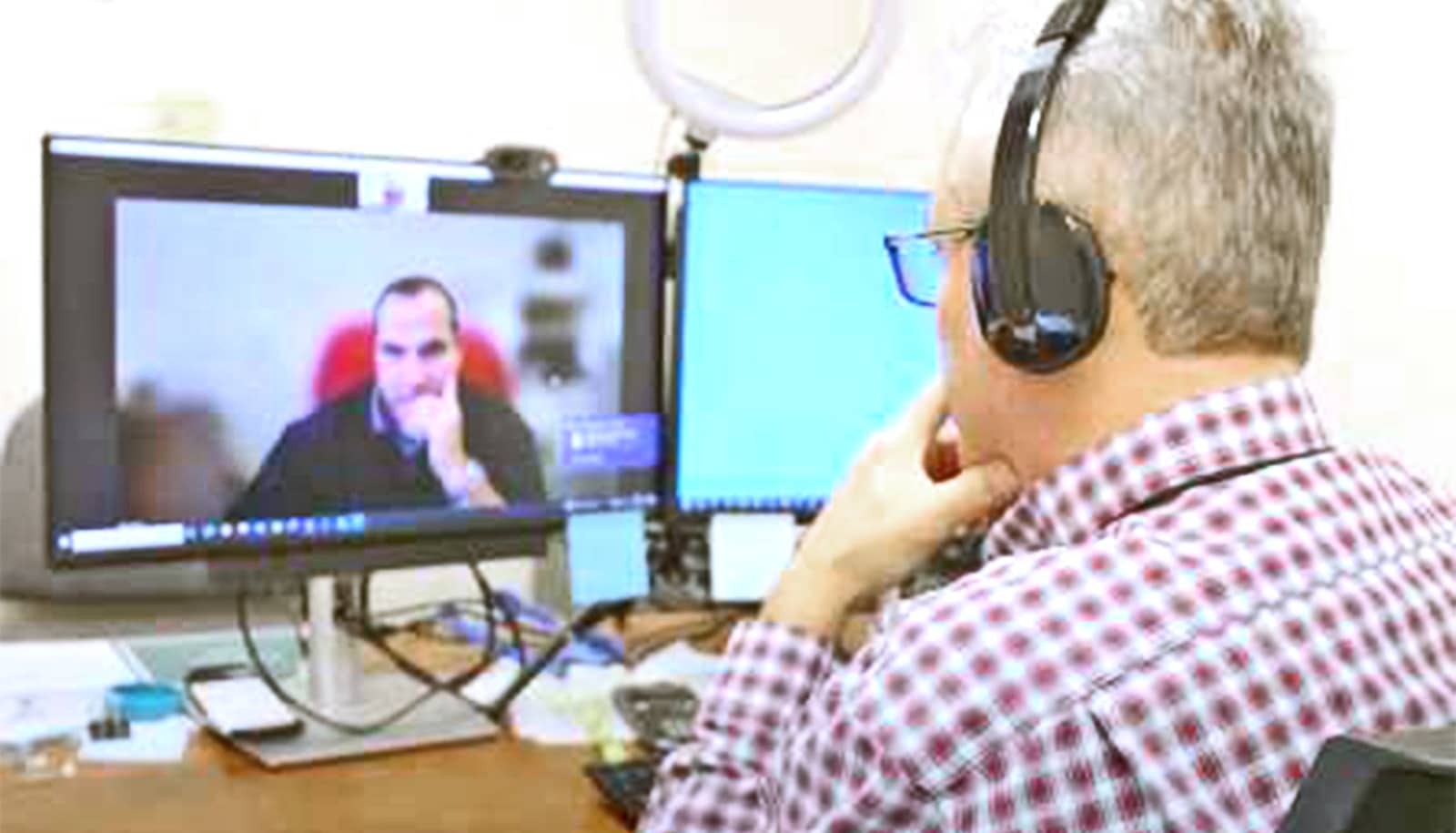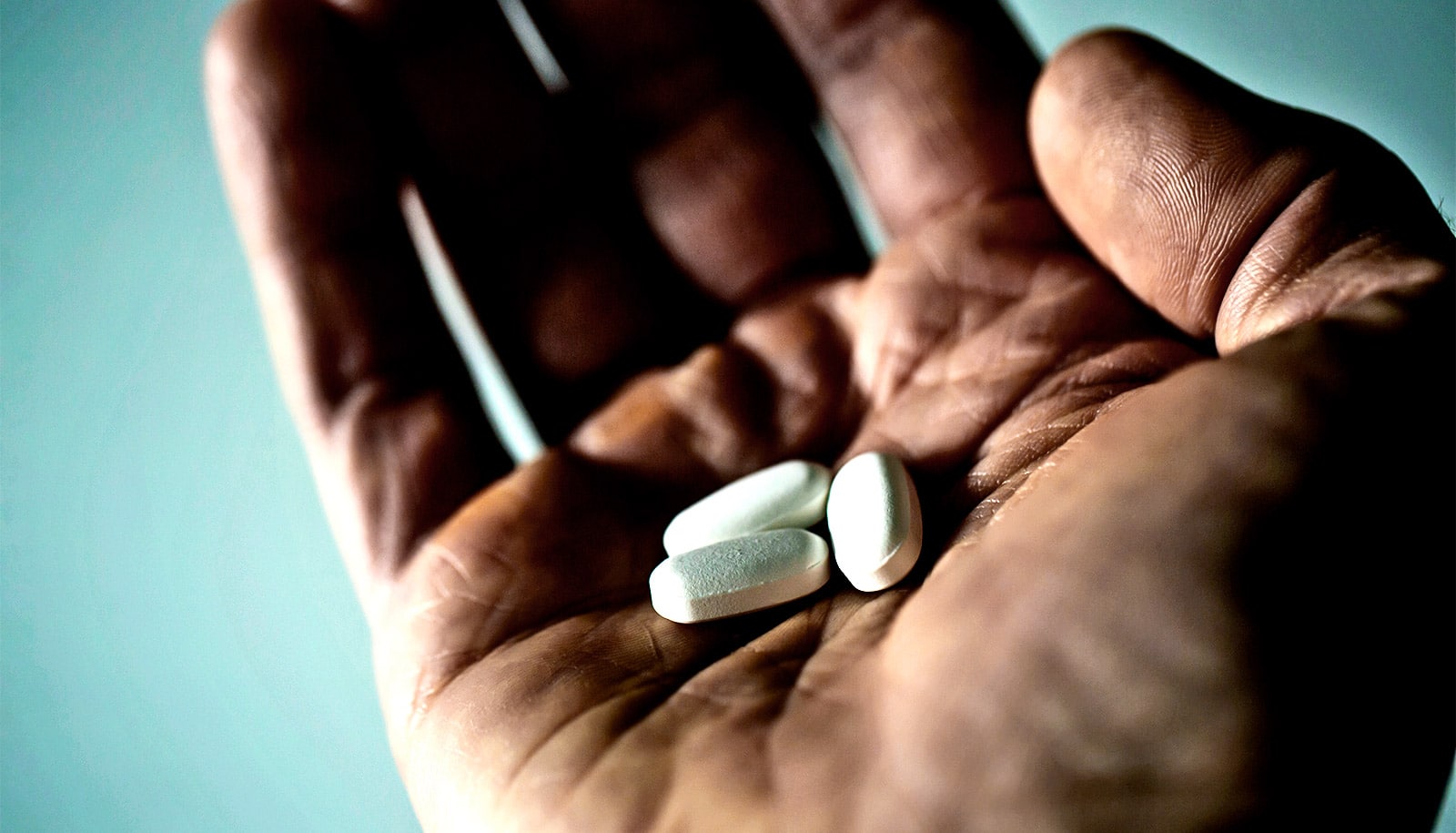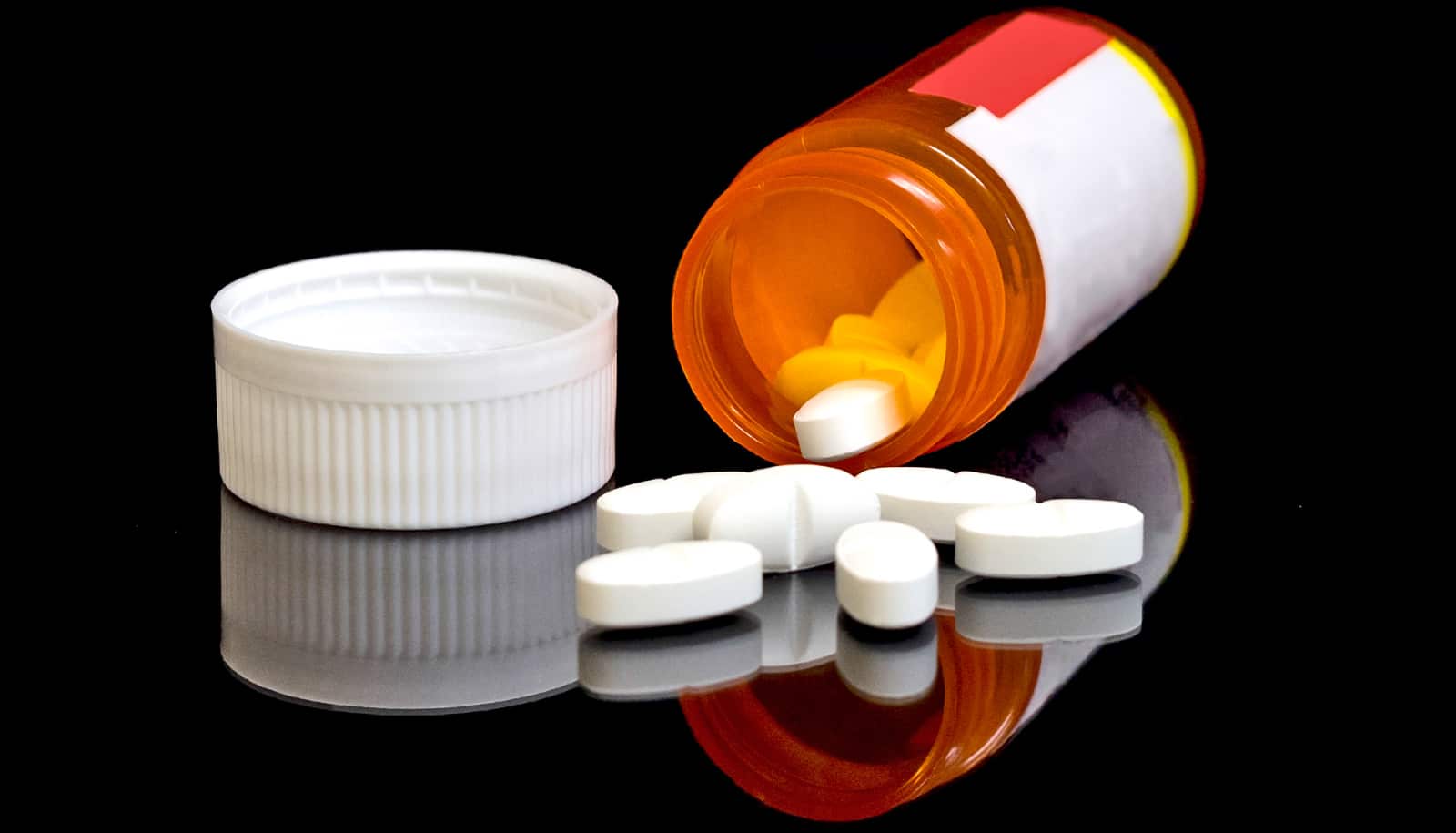Telemedicine referrals can be a more effective way than in-person emergency department visits to get people with opioid use disorder to start and stay with medication assisted treatment through an outpatient clinic, according to a new study.
It is believed to be the first study comparing telemedicine referrals to treatment for opioid use disorder (OUD) to referrals initiated at the emergency department.
“Telemedicine evaluations by emergency medicine providers did lead to increased retention in treatment at 30 days when compared to patients evaluated in the emergency department,” says Joshua J. Lynch, an associate professor in the emergency medicine department in the Jacobs School of Medicine and Biomedical Sciences at the University at Buffalo and first author of the study published in the Journal of Substance Use and Addiction Treatment.
“Our study shows that patients referred from telemedicine are more likely to follow up initially, and still be retained in care at 30 days.”
Stabilizing patients with opioid use disorder is the critical first step in treatment, but long-term recovery depends on consistent engagement with medication for addiction treatment and outpatient clinic appointments over time.
ER not a good option for everyone
“Patients with opioid use disorder often seek care in times of crisis in emergency departments,” says senior author Brian Clemency, professor of emergency medicine in the Jacobs School. “However, the emergency department may not be a good option for all patients. We wanted to see if telemedicine could be used as a gateway to ongoing care.”
During the pandemic, restrictions that required in-person visits for medication-assisted treatment for OUD prescriptions were relaxed, allowing for prescribing and referrals to be made through telemedicine. The findings are especially relevant considering that those restrictions could potentially be reinstated at the end of 2024.
A total of 1,349 referrals were made from October 1, 2020, through September 30, 2022, through the MATTERS Network, an innovative opioid treatment network that is affiliated with UBMD Emergency Medicine and the UB emergency medicine department.
MATTERS provides medication for addiction treatment to opioid use disorder patients either through in-person emergency department visits or telemedicine visits and rapidly transitions them into long-term treatment at a community clinic of the patient’s own choosing, typically within about 24-48 hours, in most regions of New York State.
Follow-up data were available for 393 patients, of whom 51.9% attended their first clinic visit and 40.7% continued to receive care after 30 days. Among these, 65.1% of those referred via a telemedicine call showed up at their first clinic appointment versus 32.3% of those referred via an in-person emergency department visit. And 53.2% of telemedicine patients were still in treatment at the 30-day mark versus 22.2% of those referred from an emergency department visit.
Telemedicine removes barriers
The findings demonstrate that for specific groups of patients, telemedicine removes barriers to care and may be equally or more effective than referrals made during an emergency department visit. The authors suggest there are multiple reasons that could explain that difference.
“Trying to educate hundreds of emergency department providers on the approach to opioid use disorder, evaluation, initiating medication, and linking to treatment is very challenging,” says coauthor Renoj Varughese, assistant professor in the emergency medicine department in the Jacobs School, who led the telemedicine team described in the study.
“Emergency departments may have varying approaches and varying levels of interest in how they treat these patients.”
Adds Lynch: “We have found that focusing on a relatively small group of emergency telemedicine providers through the MATTERS network has been the key to our success. Telemedicine allows us to provide care with minimal stigma, from the patient’s own home, with minimal waiting. It gives us the ability to take some time and truly deliver effective one-on-one care.”
In addition to treating individuals with telemedicine, MATTERS also successfully uses telemedicine to treat other vulnerable populations, such as incarcerated individuals.
This study adds evidence to previous findings by other Jacobs School researchers, who earlier this year published in the Journal of the American Medical Association a study that found that in people with opioid use disorder, telemedicine treatment for hepatitis C virus was more than twice as successful as off-site referral.
“Our findings only emphasize the utility of telemedicine as a modality that works, especially for disease processes that are typically challenging for patients to link to and retain in treatment,” concludes Lynch.
Additional coauthors are from the University at Buffalo and the AIDS Institute, New York State Department of Health.
The Centers for Disease Control and Prevention, the New York State Department of Health, and the New York State Office of Addiction Services and Supports funded the work.
Source: University at Buffalo



